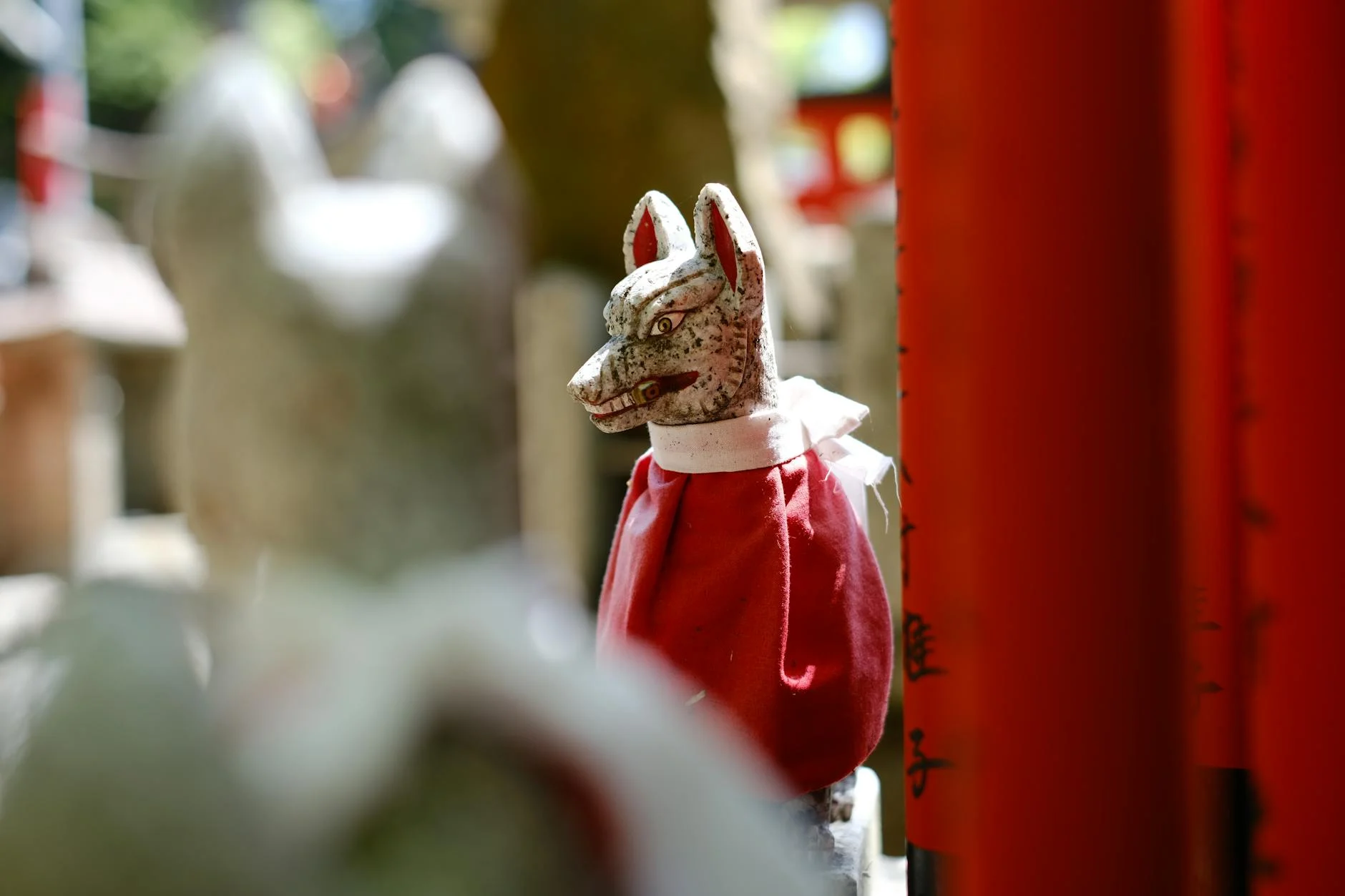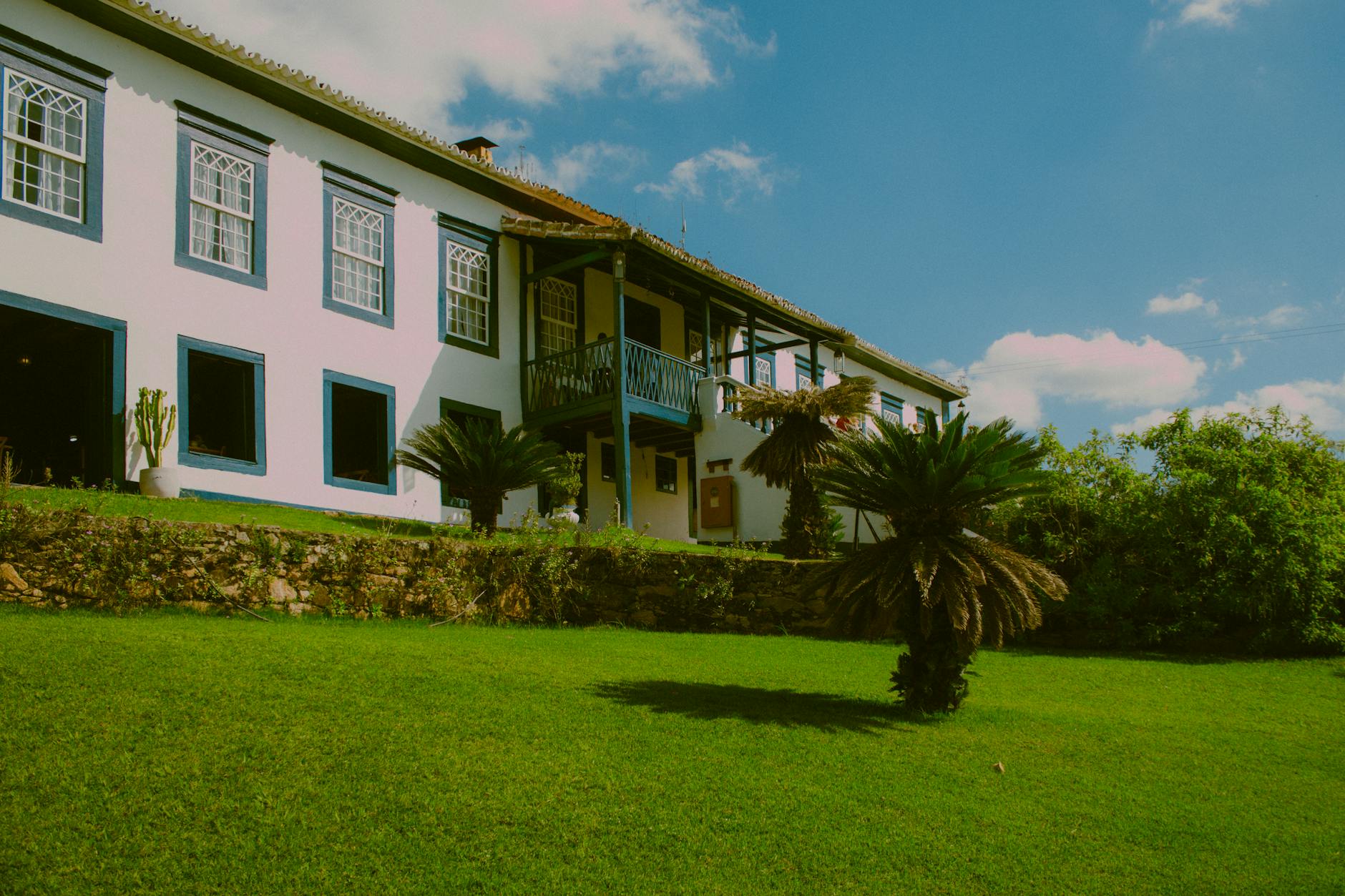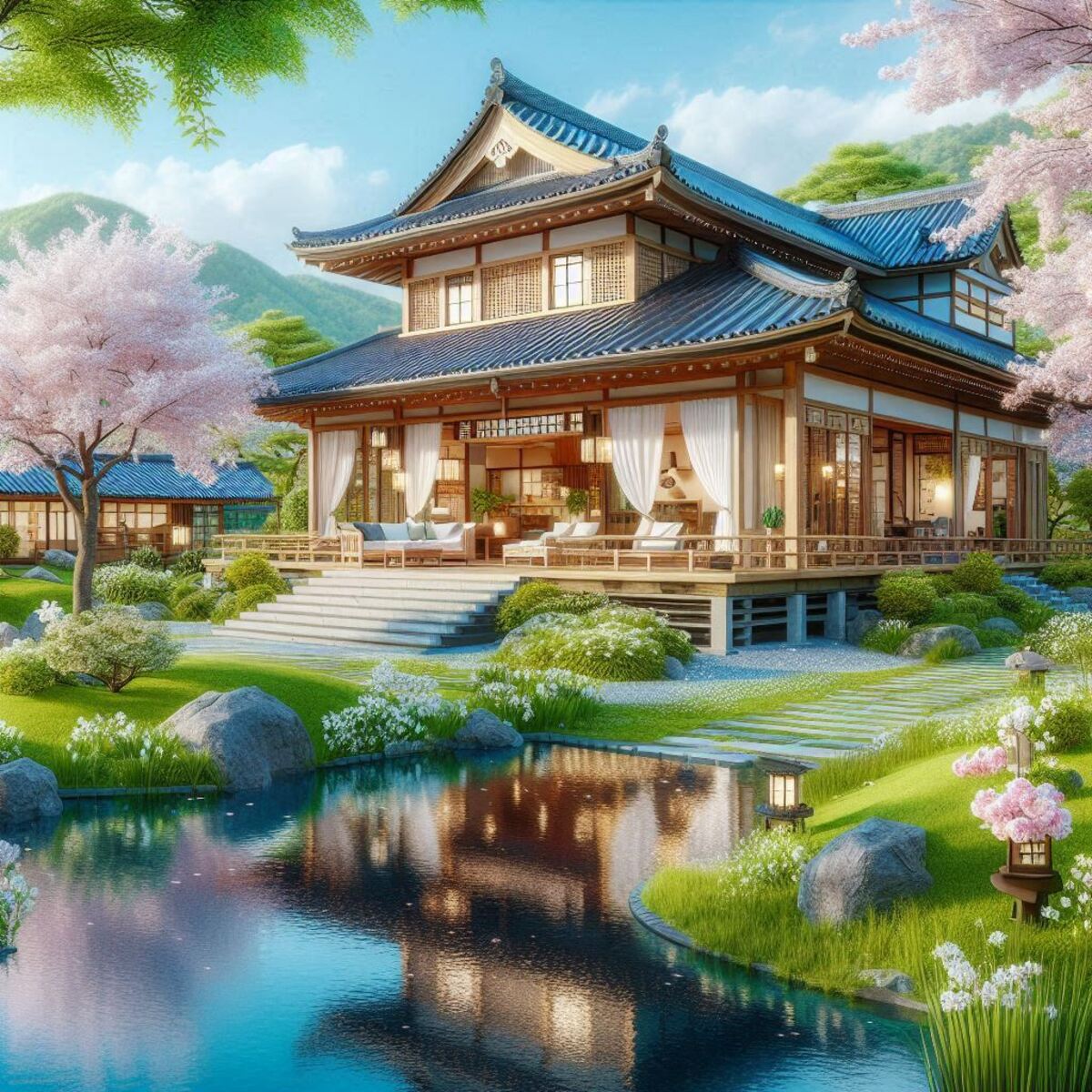Kyoto, the ancient capital of Japan, served as the nation’s center for over a millennium. Today, it is emerging as one of the world’s most desirable lifestyle destinations for global high-net-worth individuals—a city to be lived in at least once in a lifetime. Recently, there has been a growing trend among international investors to acquire second homes in Kyoto—a unique alternative to the sleek high-rises of Tokyo, offering a more contemplative, culturally immersive form of luxury.
A culture that transforms age into value. A way of life in harmony with nature. And an aesthetic sensibility rooted in uniqueness of Wa—Japan’s uniquely refined sense of beauty.
In this article, we explore why Kyoto has become the destination of choice for global high-net-worth individuals, and uncover the deeper appeal and lasting potential behind this unparalleled way of living.
■ A City Where History and Culture Become Capital
Kyoto is far more than a tourist destination. Home to 17 UNESCO World Heritage sites and over 1,600 shrines and temples, its cultural heritage is woven seamlessly into the fabric of daily life. A simple morning stroll might take you past a centuries-old temple, unhurried and untouched by commercial artifice—an experience profoundly different from the touristic quarters of Paris or New York.
For the global elite, real estate is no longer just about buildings—it’s about places with a story.
In this regard, Kyoto’s machiya townhouses and traditional Japanese architecture offer a depth of narrative rarely found elsewhere. Meticulously restored homes—some over a hundred years old—now feature modern comforts while preserving the artisanal essence of Japanese design, from wooden beams and clay tiles to the spatial choreography of gardens and inner courtyards.
Even without the promise of high yields or capital gains, the act of owning such a space becomes a source of personal pride. And how many properties in the world can offer that?

■ Experience Kyoto Beyond Tourism — A Lifestyle Investment
While Japan continues to attract an ever-growing number of international visitors, choosing to live in Kyoto—rather than merely visit—offers an entirely different class of experience.
Tourism is fundamentally a form of consumption. But owning a second home in Kyoto is an investment in quality of life. Picture the seasons unfolding in your private garden. Morning light filtering through traditional sliding doors. The serenity of sipping matcha in complete silence. These are not fleeting tourist moments in the hotel—they are enduring privileges only residents can truly embrace.
Kyoto is also among the safest cities in Japan. It is increasingly home to a growing number of long-term international residents. With several international schools, Kyoto is fully equipped to support family life for those seeking a deeper, more rooted lifestyle in Japan.
■ Attainable Luxury and Effortless Management
Compared to the soaring prices of Tokyo’s high-rise condominiums, Kyoto offers a remarkably high luxury-to-price ratio.
In the ¥30 million to ¥100 million range, buyers may acquire a free-standing traditional home—often complete with garden, tatami rooms, or even a private tea house. A growing number of real estate firms in Kyoto now offer full English-language support tailored to international buyers. Furthermore, professional property management companies provide concierge-level services, allowing peace of mind even from abroad.
Owners can also explore hybrid usage models. These homes can be rented out short-term or seasonally. Proper management often generate stable revenue stream thanks to Kyoto’s robust tourism economy.

■ Legacy Through Aesthetics — Preserving Cultural Heritage for the Next Generation
The global luxury market offers no shortage of exceptional properties, but few embody a mission as enduring as the preservation of culture.
Kyoto’s machiya townhouses are architectural compositions of timber, clay, tile, and lattice—each element shaped by generations of master craftsmanship. These materials and techniques are not nostalgic indulgences; they represent a sustainable, community-rooted value system that is garnering renewed global appreciation.
For discerning global families, the desire to pass down authentic culture to the next generation increasingly outweighs the mere transmission of financial assets. Kyoto real estate offers a rare opportunity to fulfill this vision. These properties are more than architectural masterpieces—they are living cultural heirlooms.
■ Kyoto Does Not Merely Accept Owners—It Selects Them
Kyoto real estate is universally desired—but not universally attainable.
Owning a second home in Kyoto has quietly become one of the most aspirational symbols among the global elite. And yet, today’s environment offers a rare window of accessibility. With favorable exchange rates, increasing cultural awareness, and strong investment fundamentals converging, this may be the ideal moment to acquire a timeless Japanese asset.
With the convergence of a favorable exchange rate, rising global appreciation for cultural heritage, and compelling investment fundamentals, now may be the ideal moment to acquire a truly timeless Japanese asset.




